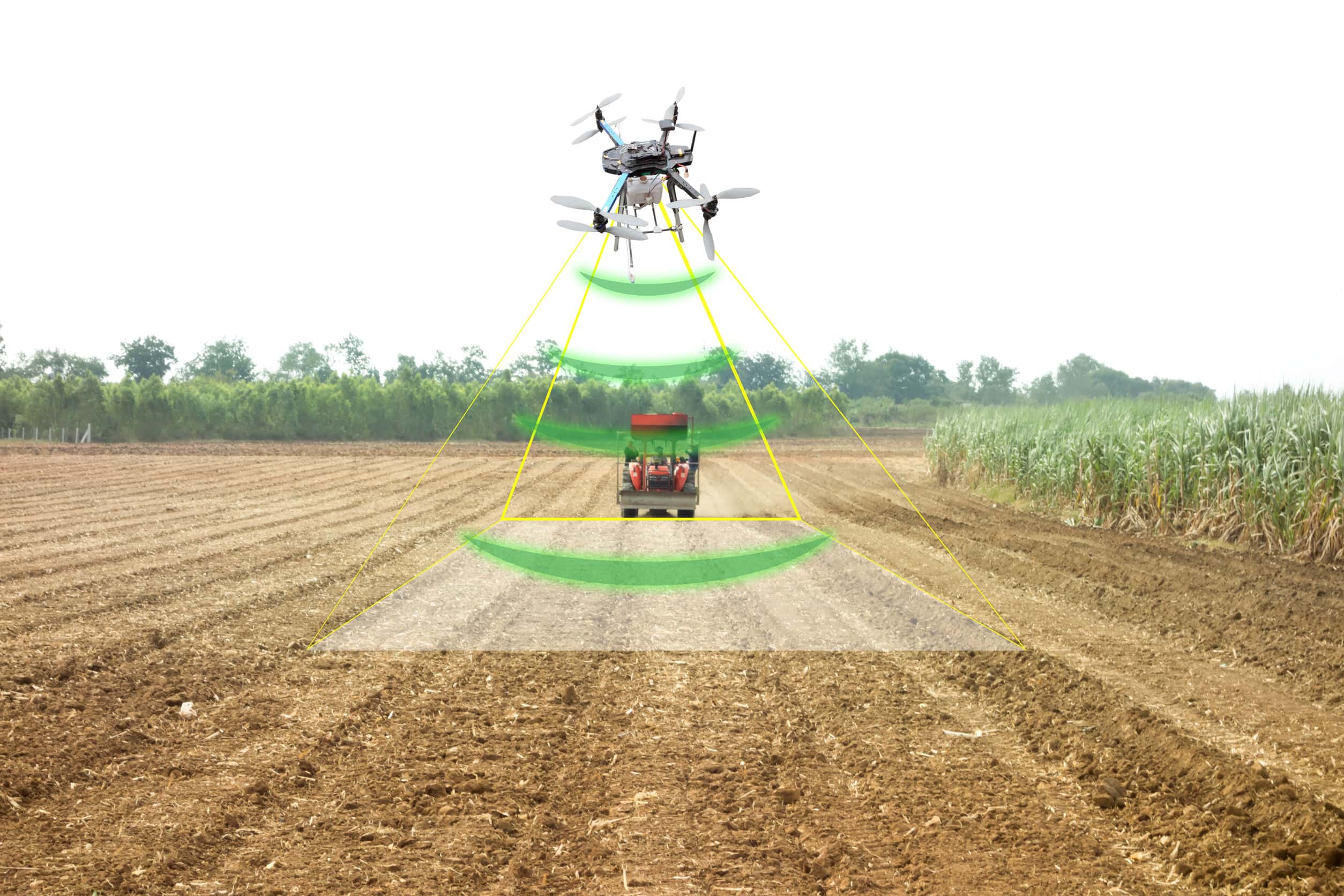Article by: Asst. Prof. Suwan Juntiwasarakij, Ph.D., MEGA Tech Senior Editor
New digital technologies now make it possible to collect and leverage huge amounts of critical data at minimal costs – thus making a farm’s field operations more insight-driver, and potentially more productive and efficient. The agriculture ecosystems is already starting to invest in these digital technologies. The total market size for digital-based services is reach $4.55 billion. Greater use of digital agriculture services is vital not only to improve a farm’s financial performance, but also to meet the food needs of an expanding population.

World Population and Food Production
By the year 2100, the world’s population projects to reach 11.2 billion. That increase, up from today’s 7.6 billion, will require a lot more food that is currently generated. On a macro level, farming needs to be more productive. Additionally, by just 2050, two thirds of the world’s population is to live in cities, up from half now, meaning farms must be more efficient, produce more and do less environmental damage. AI, robotics, drones, and IoT are just some of the technologies revolutionizing agriculture, often in unexpected ways. It is clear that digital agricultures still has considerable untapped potential.

We humans have already occupied 71% of the world’s habitable land, and 50% of that is agriculture. Most of that in turn is taken up by livestock. While moving away from meat and dairy consumption would change this balance, and release 3.1 billion hectares of farmland, and such change in diet would take time. Lab-grown meat may help in this regard, if it proves palatable, but in the meantime, smarter farming of crops must provide a solution.

Precision Agriculture in Need
At the turn of the 21st century, smart farming or precise agriculture methods using digital data and sophisticated software and new tools such as drone-mounted cameras began to emerge. The IoT promises to turbocharge these efforts at computerization, enabling very precise information to be applied in agricultural decision systems in real time.

Source: Digital Agriculture: Improving Profitability by Accenture Digital
At the level of an individual farm, accurate wireless sensors can measure all the key factors that affect crop yields, from soil moisture, temperature, and composition to the land’s exposure to sunlight. Even livestock like cows or other animals can be monitored via a variety of vital sensors. Body temperature, activity, pulse, or exact location can help the farmer to detect at an early stage events such as reproduction or possible health disorders.

Source: IDATE based on Harvard Business Review
These sensors then upload their data in real time to cloud servers via IoT systems and infrastructure. Nevertheless, remote locations, no nearby power sources or harsh weather conditions call for sensors that not only work reliably in the outdoor environment, but are also able to transmit their data over long distances while at the same time consuming very little energy so they can work with small battery or even solar power. Remote controlling your tractor via GPS is one thing, collection real-time data 24/7 from all possible places and situations is quite another.

Source: Roland Berger
The Future of The Digital Agriculture
A number of global trends are influencing food security, poverty, and the overall sustainability of food and agricultural systems. The four main developments placing pressure on agriculture to meeting the demands of the future: demographics, scarcity of natural resources, climate change, and food waste. The future of farming is very bright. There are more and more precision agriculture technologies coming out every month. All of these solutions offer substantial value for farmers in their effort to optimize production, better manage their operations, and both save money and make money off bigger yields

